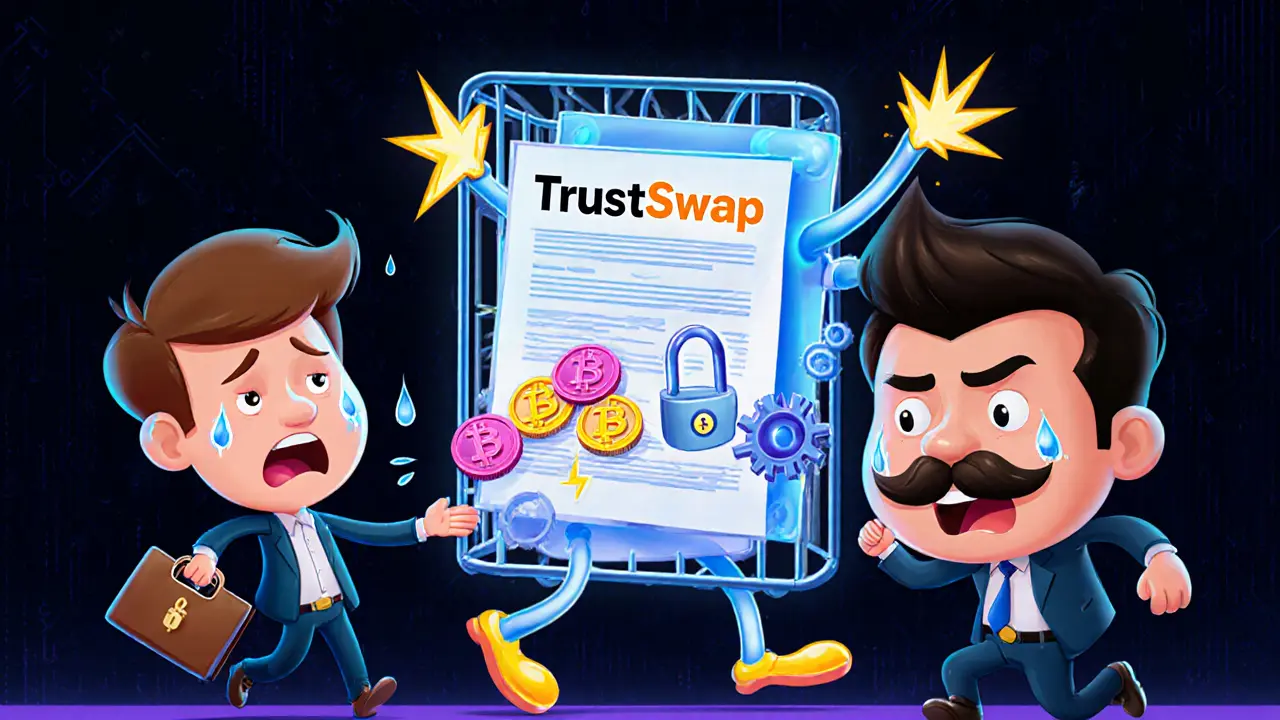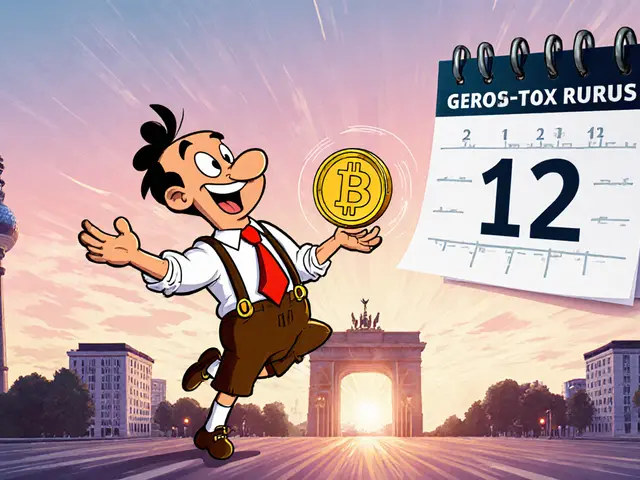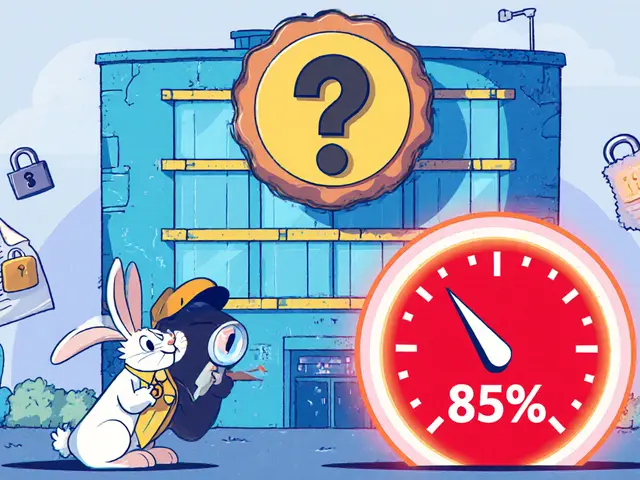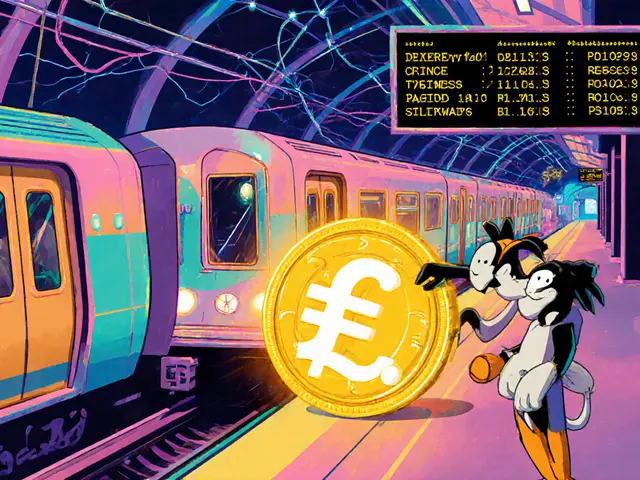TrustSwap: What It Is, How It Works, and Why It Matters in Crypto
When you think about TrustSwap, a blockchain-based platform that automates token swaps using smart contracts. Also known as TrustSwap Protocol, it was built to remove human error and middlemen from crypto trades—letting users lock, release, or swap tokens based on predefined conditions. Unlike simple exchanges, TrustSwap doesn’t just move coins around. It enforces rules. Think of it like a digital escrow service that runs on code, not trust.
It’s closely tied to smart contracts, self-executing agreements with terms written directly into code. These contracts handle everything from vesting schedules to token unlocks, making them essential for ICOs, team allocations, and airdrops. TrustSwap also relies on blockchain automation, the use of code to trigger actions without manual input. That’s why projects use it to lock liquidity, ensure fair launches, or delay token releases until milestones are met. It’s not flashy, but it’s reliable—and that’s why some teams still choose it over newer tools.
Even though newer platforms like Chainlink or LayerZero have taken over headlines, TrustSwap still powers real transactions. You’ll find it in use for token vesting on smaller DeFi projects, community rewards, and even some NFT collections that need time-based access. It doesn’t have the biggest user base, but it’s one of the few tools that’s been running since 2019 without a major exploit. That kind of longevity matters when you’re dealing with real money.
What you won’t find here are big marketing campaigns or celebrity endorsements. TrustSwap doesn’t need them. It works quietly in the background—handling swaps, enforcing locks, and making sure funds aren’t stolen by insiders. If you’ve ever seen a token that unlocks gradually over months, chances are TrustSwap made that happen.
Below, you’ll find deep dives into projects that used TrustSwap, how its token functions, and why some of these setups failed—or succeeded. You’ll also see real examples of how automation went wrong, how users got locked out, and what to watch for when a project claims to use it. This isn’t theory. It’s what happened. And if you’re dealing with crypto tokens, you need to know how these systems actually work—before you commit your funds.







Categories